
Speed of Average Cyclist – Beginner to Pro Guide
Curious about the speed of average cyclist, including electric bikes? Whether commuting, training, or racing, knowing typical speeds helps you set goals and ride smarter. Factors like fitness, age, terrain, weather, and bike type—including pedal-assisted e-bikes—affect your performance.
What is the Average Speed of a Cyclist?
The average speed of a cyclist depends on experience, fitness, and conditions.
-
Beginner cyclists: 10–12 mph (16–19 km/h) on short rides
-
Experienced cyclists: 15–20 mph (24–32 km/h) on medium to long rides
-
Professional cyclists: ~25 mph (40 km/h) over long distances in races
Speed also varies depending on riding alone or in a group. Group riding can increase average speed by 20–30% due to drafting, while solo rides reflect individual ability without wind resistance benefits.
In short: For most riders, the speed of average cyclist is 12–20 mph, with extremes reaching 25 mph for pros.
Factors Affecting the Speed of Average Cyclist
Terrain and Weather
The speed of average cyclist is heavily influenced by terrain and weather. Flat roads allow riders to maintain higher speeds with less effort, while hilly or mountainous terrain can slow progress significantly. Weather conditions also play a role: headwinds reduce pace, tailwinds provide a boost, and extreme temperatures, rain, or poor road surfaces can all make it harder to cycle efficiently.
Bike Type and Equipment
The type of bike and quality of equipment directly affect cycling speed. Road bikes are fastest due to their lightweight frames and aerodynamic design, while mountain bikes are slower but better for rough terrain, and hybrid bikes offer a balance of speed and comfort. Tires, bike weight, and aerodynamic clothing can further improve speed, making equipment a key factor in the average cyclist’s performance.
Rider Age, Fitness, and Experience
Cyclist age, fitness, and experience significantly determine speed. Beginners typically average 10–12 mph, while experienced riders can maintain 15–20 mph. Age affects sprinting power but steady endurance often remains strong in older cyclists. Fitness and cardiovascular conditioning are critical, as more trained riders can sustain higher speeds over longer distances regardless of age.
Distance and Fatigue
The length of a ride affects the average speed of a cyclist. Short rides may start slower as muscles warm up, medium rides often produce the fastest averages, and long rides can reduce speed due to fatigue. Managing effort and pacing is essential to maintain a consistent speed throughout longer rides.
Group Riding and Drafting
Riding in a group, or paceline, can increase cycling speed by 20–30% because drafting reduces wind resistance and conserves energy. Solo rides do not benefit from this effect, so speeds are usually lower when riding alone. Group rides are an effective way to improve performance while also providing a social and motivational environment.
Average Speed by Bicycle
Different types of bicycles are designed for specific surfaces, and factors like weight, riding position, tyre choice, and pressure significantly influence the speed of average cyclist.
Road Bike
Road bikes average 13–17 mph on smooth surfaces. They are built for speed with aggressive riding positions, making them ideal for commuting or fast rides but less suited for frequent stops or rough terrain.
Gravel Bike
Gravel bikes ride at 10–15 mph. They are slightly heavier than road bikes, with softer tyres and a more upright position, making them versatile for urban commuting and mixed surfaces.
City Bike
City bikes average 8–12 mph. Designed for comfort and utility, they often include baskets, racks, and mudguards. Upright riding positions make them practical for short urban rides.
Hybrid Bike
Hybrid bikes average 11.5–13 mph. They combine flat handlebars with thinner tyres than gravel bikes, making them easy and efficient for commuting on smooth roads.
Mountain Bike
Mountain bikes average 10 mph. They are heavier, less aerodynamic, and designed for trails, hills, and off-road terrain. Their broad tyres and upright riding position reduce speed on city streets.
Electric Bike (Pedelec)
Pedal-assist electric bikes average 11–14.3 mph. Pedelecs provide assistance only while pedaling, helping maintain consistent speed, especially on hills. Assistance is typically limited to 15.5 mph, and while heavier than standard bikes, they are excellent for commuting and leisure rides.
Tour de France
Professional cyclists achieve much higher speeds. The average speed of riders in the Tour de France has grown from 16 mph in 1903 to 26.27 mph in recent editions, with time-trial stages reaching 34.65 mph, highlighting the impact of fitness, training, aerodynamics, and equipment on cycling speed.
How to Improve Your Average Cycling Speed
Training Techniques
The speed of average cyclist can be improved through consistent and structured training. Interval workouts like HIIT, Fartlek, and hill repeats build power and cardiovascular fitness, while endurance rides help develop stamina for maintaining higher speeds over longer distances. Combining both approaches ensures balanced improvement in cycling performance.
Riding Position and Aerodynamics
Optimizing your riding position is key to increasing the speed of average cyclist. Tucking elbows, lowering the torso, and maintaining a streamlined posture reduces wind resistance, while aerodynamic clothing and equipment further enhance efficiency, allowing riders to maintain higher speeds with less effort.
Efficient Gear and Braking
Using gears and brakes efficiently can directly impact the speed of average cyclist. Shifting gears at the right time maintains a steady cadence and conserves energy, while smooth braking prevents unnecessary loss of momentum, helping riders sustain their average speed.
Using Technology
Tracking performance with technology can help increase the speed of average cyclist. Bike computers and cycling apps monitor distance, speed, and routes, while structured training plans based on heart rate or power output allow cyclists to train at optimal intensity and gradually boost their average speed over time.
Group Rides
Riding in a group can significantly enhance the speed of average cyclist. Drafting behind other riders reduces wind resistance, and participating in a paceline helps maintain higher speeds comfortably while also providing motivation and a social environment that encourages consistent performance.
Safety Considerations for Faster Cycling
To safely increase the speed of average cyclist, follow these key safety tips:
-
Wear proper protective gear: Helmets, gloves, and reflective jackets improve safety and visibility, especially when riding at higher speeds or in low-light conditions.
-
Stay alert and aware: Always watch for vehicles, pedestrians, and obstacles to maintain control while cycling faster.
-
Adjust speed to conditions: Reduce speed on wet, uneven, or slippery roads and in heavy traffic to avoid accidents.
-
Follow road rules: Obey traffic signals, lane markings, and cycling regulations to ride safely while improving your average speed.
Boost Your Average Cycling Speed with isinwheel Electric Bikes
Want to improve the speed of an average cyclist on your rides? isinwheel electric bikes provide pedal-assisted power, lightweight frames, and long-lasting batteries, making it easier to ride faster, tackle hills, and cover longer distances with less effort.
|
Images |
 |
 |
 |
 |
 |
 |
|
Models |
||||||
|
Top Speed |
20 MPH |
20 MPH |
18.6 MPH |
21.7 MPH |
19 MPH |
20 MPH |
|
Peak Power |
500W |
500W |
500W |
500W |
500W |
750W |
|
Battery |
36V 7.8Ah |
36V 13Ah |
36V 7.8Ah |
36V 10.4Ah |
36V 10.4Ah |
36V 10.4Ah |
|
Max Range |
28 miles |
65 miles |
35 miles |
60 miles |
55 miles |
55 miles |
|
Speed (before unlock) |
10/15/25 km/h |
6/10/15/20/25 km/h |
10/15/25 km/h |
6/10/15/20/25 km/h |
6/10/15/25 km/h |
6/10/15/20/25 km/h |
|
Speed (after unlock) |
15/25/32 km/h |
10/15/20/25/32 km/h |
15/25/30 km/h |
6/10/15/20/35 km/h |
15/25/30 km/h |
10/15/20/25/32 km/h |
|
Brake System |
front and rear disc brakes |
mechanical brake |
disc brakes |
mechanical disc brakes |
dual disc brakes |
dual disc brakes |
|
Max Load |
120 kg |
120 kg |
120 kg |
150 kg |
120 kg |
120 kg |
|
Net Weight |
23.2 kg |
27 kg |
23.3 kg |
27kg |
26.5 kg |
28.4 kg |
|
Suspension |
Rear mid shock absorber |
Front suspension |
Adjustable front fork + comfort saddle |
Hydraulic fork |
Dual |
Aluminum front fork |
|
Max Climb |
20% |
37% |
25% |
20% |
20% |
20% |
|
Tire Size |
14×1.95" |
26×1.95" |
16×1.75" |
26×1.95" |
16×2.15" |
26×1.95" |
|
Tire Type |
Pneumatic |
Pneumatic |
Pneumatic |
Pneumatic |
Pneumatic |
Pneumatic |
|
IP Rating |
IPX4 |
IP65 |
IPX65 |
IPX5 |
IPX4 |
IPX4 |
|
Removable Battery |
No |
Yes |
No |
Yes |
Yes |
Yes |
|
Rider Height |
150–185 cm |
160–192 cm |
155–185 cm |
160–190 cm |
140–180 cm |
150–192 cm |
Conclusion
The speed of average cyclist depends on several factors, including experience, fitness, terrain, weather, and equipment. By understanding these elements and following effective training techniques, riders can gradually improve their speed while staying safe.
Track your rides, use cycling apps to monitor progress, and increase your speed gradually to see consistent improvements over time. With practice and awareness, every cyclist can enhance their performance and enjoy faster, more efficient rides.
FAQs
Is 14 mph on a bike fast?
For most recreational cyclists, 14 mph (22.5 km/h) is considered a solid average speed on flat terrain. Beginners may ride slower, around 10–12 mph, while more experienced cyclists often reach 15–20 mph. Factors like fitness, terrain, wind, and bike type can affect this.
Is 17 mph a good cycling speed?
Yes, 17 mph (27 km/h) is a strong pace for experienced riders. It indicates good endurance and cardiovascular fitness, especially on mixed terrain or solo rides. Club cyclists and trained riders may maintain this speed over medium distances.
What is the 80% rule in cycling?
The 80% rule suggests riding at roughly 80% of your maximum effort during long rides or training. This helps maintain endurance without excessive fatigue, improves cardiovascular efficiency, and allows you to sustain a consistent speed over longer distances.
Is biking 10 km in 30 minutes good?
Covering 10 km in 30 minutes equals an average speed of 20 km/h (12.4 mph). For recreational cyclists, this is considered a decent pace. Fitness level, bike type, and terrain may make this easier or harder, but it’s a solid benchmark for short rides.
The Latest Posts
Explore isinwheel products
City E Scooter | Off-Road Scooter
Fastest Scooter | Kids Scooters




















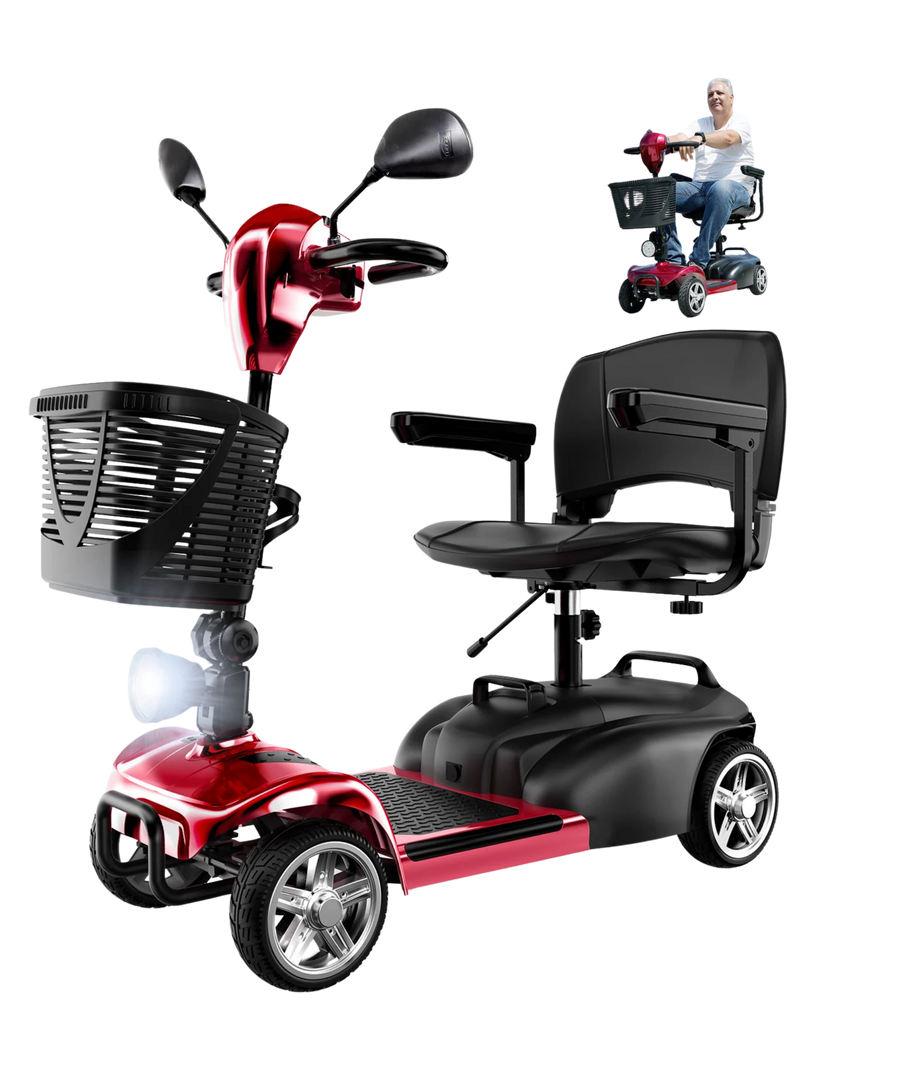
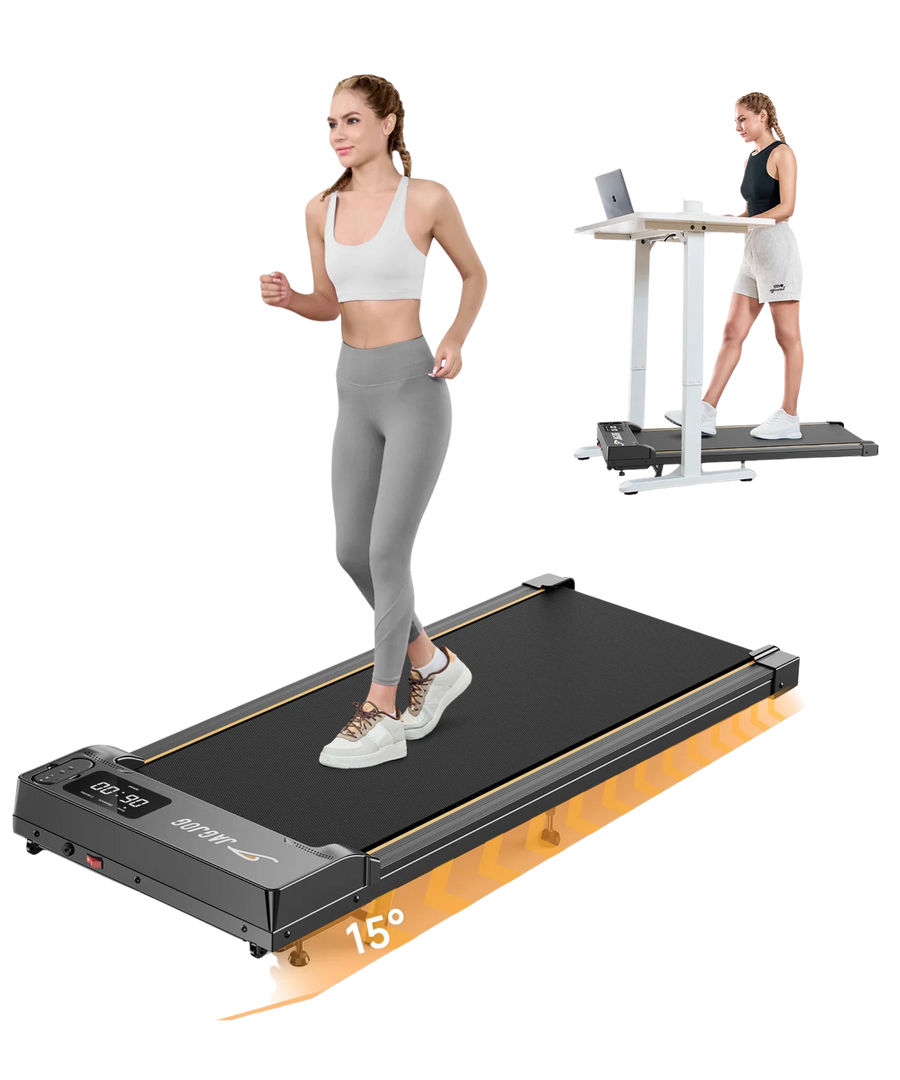

























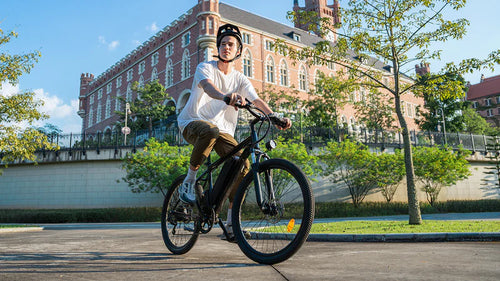
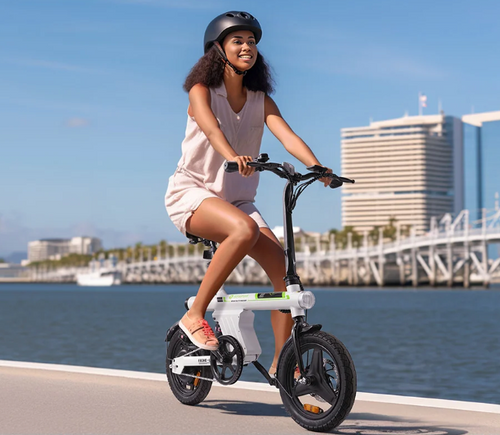


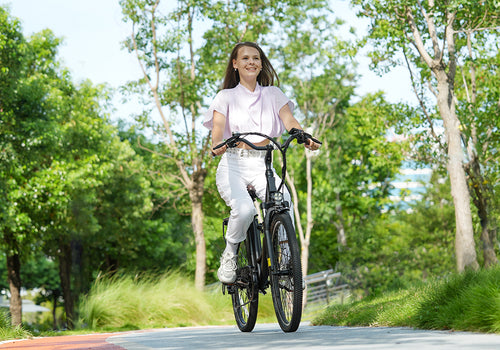
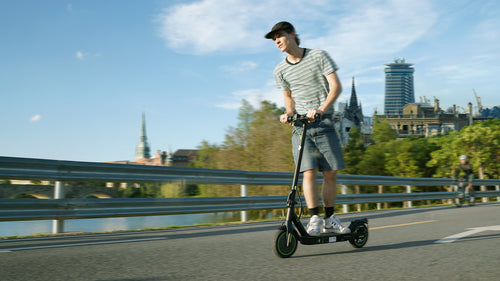


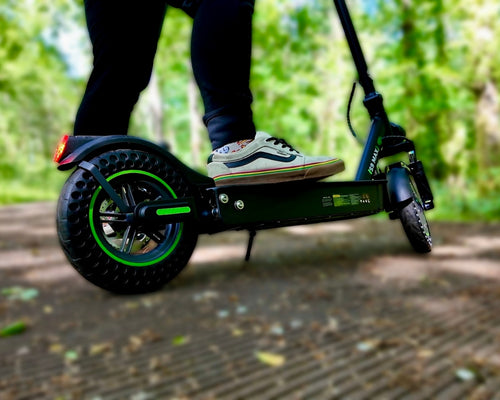
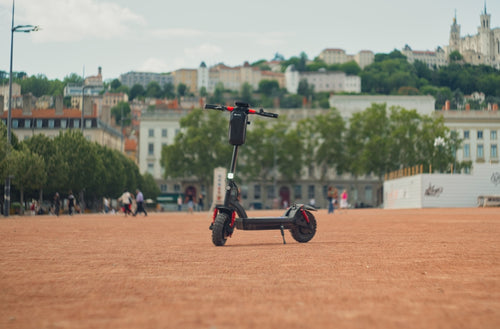
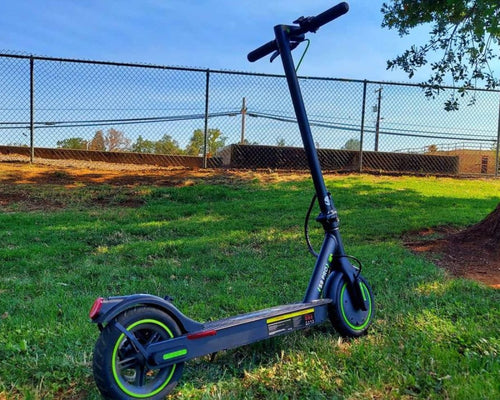





Leave a comment